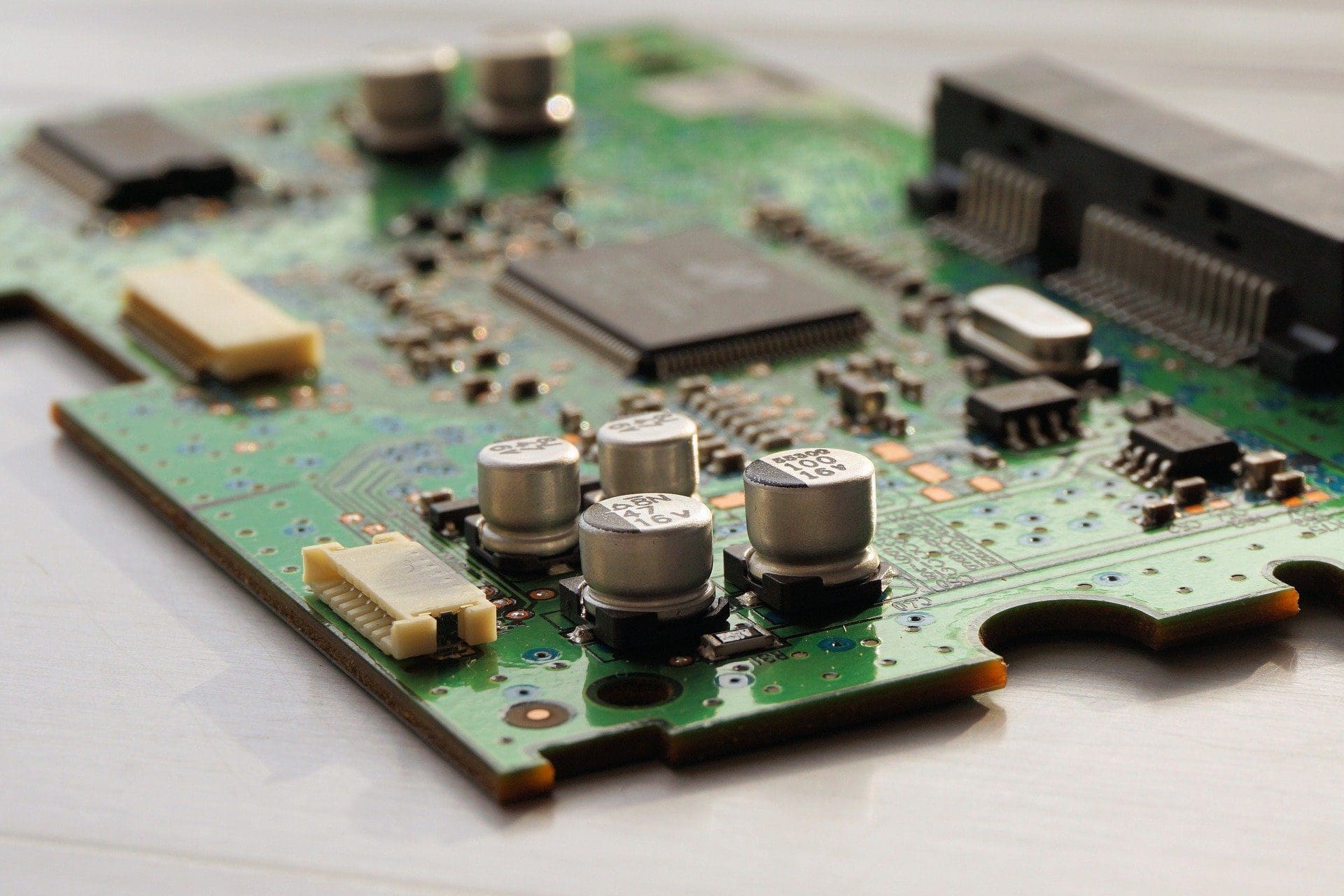
EU RoHS Exemptions and Additional Substances Update


- New Annex IV exemption for bis-(2-ethylhexyl) phthalate (DEHP) in plastic components in MRI detector coils (pack 20)
A final report on three exemption requests in “pack 17” has been published:
- Amendment of existing exemption 31a of Annex IV to include bis (ethylhexyl) phthalate, dibutyl phthalate, diisobutyl phthalate and benzyl butyl phthalate: Recommend granting until 21 July 2029
- Bis-(ethylhexyl) phthalate (DEHP) in ion selective electrodes for point of care analysis of ionic substances in human body fluids: Recommend granting for maximum 7 year validity period
- DEHP in plastic strain relief devices used to prevent damage to cable connections to MRI imaging coils: Will be combined with another similar request detailed above in pack 20.
Additional Substances Assessment
The Oeko-Institut has published its final reports on the assessment of seven substances as possible additions to Annex II of the RoHS Directive (the list of restricted substances). The conclusions of the final reports are similar to those of the draft reports published previously in that they do not recommend the restriction of beryllium and its compounds, indium phosphide, nickel sulphate and nickel sulphamate or cobalt sulphate and cobalt chloride. The final recommendation for diantimony trioxide (ATO) is:
“The consultant does not propose to exclusively restrict ATO, but instead to carry out a joint assessment of the system of halogenated flame retardants and the ATO synergist with high priority. It is not recommended to add ATO to Annex II of the RoHS Directive”.
Oeko recommends that medium chain chlorinated paraffins (MCCP) and tetrabromobisphenol A (TBBPA) should be restricted at a concentration of 0.1% by weight in homogeneous materials. Oeko state that the use of TBBPA as a reactive flame retardant should not be affected by this restriction as it should be present at well below the 0.1% concentration limit, for example in FR4 PCB laminates.
Oeko is organizing a final stakeholder meeting online to discuss its findings on 27 April 2020.
If you would like to find out how to stay on top of RoHS regulations, please Talk to Us today!








